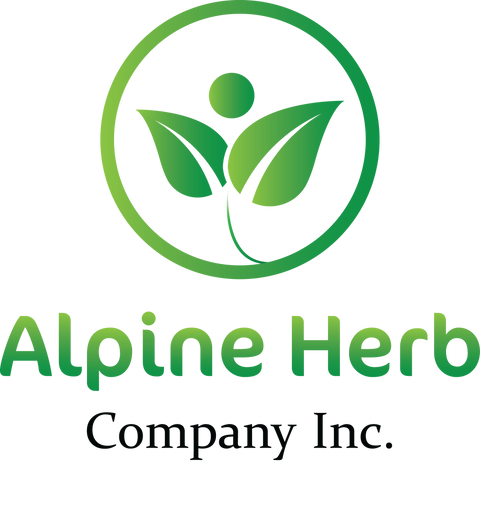Aloe Vera Leaves Cut
Botanical Name: Aloe barbadensis
Common Name:
- English: Aloe, Indian aloe, Jaffarabad aloe, Barbados aloe, Curacao
- Ayurvedic: Kumaari kanyaa, Grihkanvaa, Kanyaasaara, Eleyaka, Kumaarikaa, Ghritkumaarika
- Sanskrit: Kuamarirasasambhava, Sahasara
- Unani: Siber, Gheekwaar
- aka: Elwaasotru kattrazhai, Moosaambaram, Musabbar, Socotrine aloes, Chin- hiang, Kaibola, Eliyo, Eariyo, Ghritakalmi, Elva, Korphad, Kalasohaga, Alua, Kattazhi, Satthukkathazhai, Musabbar, Ailiva, Machambar, Musabhar, True Aloe,Medicine Aloe, Lily of the Desert, Burn Aloe, Sabi Aloe
Habitat: Cultivated throughout India, wild on coasts of Maharashtra, Gujarat and South India
Origin: India
Harvested: Wild
Parts Used: Leaves
General Information:
Aloe vera is a stemless or very short stemmed plant growing up to 60-100 cm tall spreading by offsets. The leaves are thick and fleshy, green to grey -green, with some varieties showing white flecks on their upper and lower stem surfaces. The margin of the leaves is serrated and has small white teeth.
The flowers are produced in summer on a spike up to 90 cm tall, each flower being pendulous, with a yellow tubular corolla 2-3 cm long.
It is found in many consumer product including beverages, skin lotion, cosmetics or ointments for minor burns and sunburns.
Aloe is also used for decorative purpose and grows successfully indoors as a potted plant.
How to use:
Aloe barbadensis, or Aloe vera, is widely known for its therapeutic and cosmetic properties. Here's how you can use it in different ways:
1. For Skin Care (Topical Use)
Aloe vera gel is soothing and has anti-inflammatory properties, making it ideal for treating various skin conditions.
Soothe Burns & Sunburns: Apply fresh aloe vera gel directly to the affected area to help cool the skin and reduce inflammation.
Moisturizer: Aloe vera gel can be used as a lightweight, hydrating moisturizer for the face or body.
Acne Treatment: Apply aloe vera gel to acne-prone skin. It has antibacterial properties that can help reduce inflammation and redness.
Wound Healing: Aloe vera helps speed up the healing process for cuts, scrapes, or minor burns. Apply a thin layer of gel to the wound.
Stretch Marks**: Apply aloe vera gel daily to help fade stretch marks over time.
2. For Hair Care
Aloe vera is excellent for hair health due to its moisturizing and conditioning properties.
Conditioner: You can use aloe vera gel as a natural conditioner. Apply it to your scalp and hair after shampooing and leave it on for about 10-15 minutes before rinsing.
Dandruff Treatment**: Aloe's antifungal and soothing properties can help treat dandruff. Massage the gel into your scalp, leave it on for 20-30 minutes, and then rinse.
Hair Growth**: Aloe vera can stimulate hair follicles and promote hair growth. Regularly applying aloe vera gel to the scalp might help nourish the hair roots.
3. Internal Use (For Digestive Health)
Aloe vera juice has been used for its potential digestive benefits, though you should be cautious and consult a doctor before using it internally.
Aloe Vera Juice: You can drink aloe vera juice (ensure it’s food-grade and not from the skincare product). It’s known for helping with digestion, soothing the intestines, and relieving constipation.
Dosage: Start with small amounts (around 1-2 ounces a day) and gradually increase. Overconsumption can cause laxative effects.
Digestive Health**: Aloe vera can help with acid reflux and ulcers by soothing the digestive tract. Drinking a small amount before meals may help reduce inflammation in the stomach lining.
4. For Immune Boosting (Internal Use)
Aloe vera is rich in vitamins and minerals like vitamins A, C, and E, as well as enzymes and amino acids. These properties may help in boosting immunity when consumed regularly.
Aloe Vera Supplements: Aloe vera comes in various forms like capsules or liquid. These can be taken to improve overall health or as a natural detoxifier.
Detox Drink: Combine aloe vera juice with lemon juice, honey, and water to make a refreshing detox drink.
5. For Oral Health
Aloe vera can be used as a natural remedy for oral care:
Mouthwash: Aloe vera’s antibacterial properties can help soothe gum irritation and reduce plaque buildup. Simply gargle with aloe vera juice as a mouthwash.
Toothpaste: Some commercial aloe vera toothpastes are available, but you can also create a homemade paste using aloe vera gel mixed with baking soda.
How to Extract Aloe Vera Gel from the Leaf:
1. Cut a leaf from the aloe vera plant.
2. Wash the leaf thoroughly to remove dirt and bacteria.
3. Slice off the edges of the leaf to remove the spiky thorns.
4. Peel back the outer skin of the leaf to reveal the gel inside.
5. Scoop out the gel using a spoon or knife.
6. Apply the fresh geldirectly to your skin or store it in a sealed container in the fridge (it can last for a few days).
Things to Keep in Mind:
* If you have sensitive skin, do a patch test before applying aloe vera to larger areas.
* Avoid ingesting large quantities of aloe vera, as it can have a laxative effect.
* Some people may have allergies to aloe vera, so always check for any adverse reactions.
Would you like more details on any of these uses?
Precautions:
You should consult with a qualified healthcare practitioner before using any herbal products, particularly if you are pregnant, nursing, or on any medications.
All information on this website is for educational purpose ONLY
This information has not been evaluated by Health Canada.
This information is not intended to diagnose, treat, cure, or prevent any disease.


